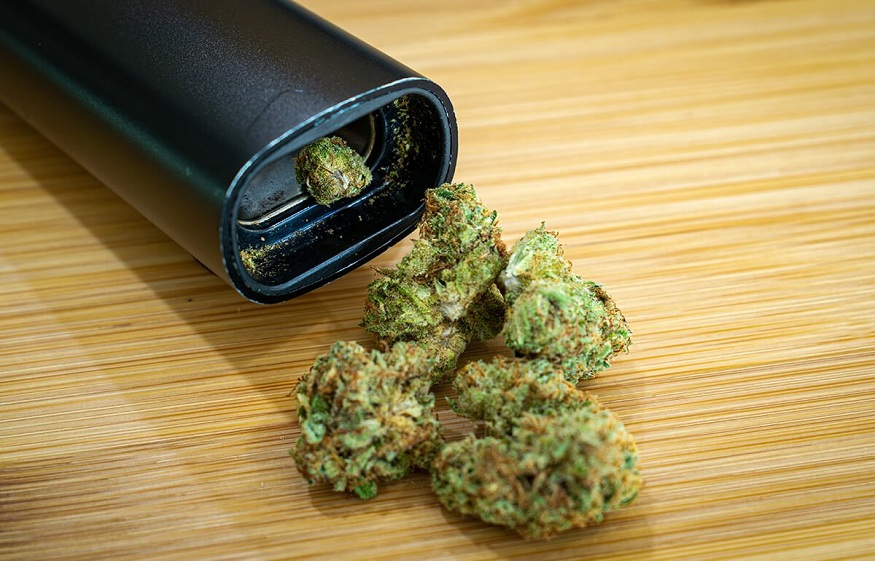When you light your plants on fire, metaphorically speaking, around 10% of the smoke you exhale will include cannabinoids. Most of the smoke you inhale is really harmful byproducts including carbon monoxide, tar, benzene, and other carcinogens. In order to get the medicinal advantages of cannabis, it is important to avoid certain chemicals. A vaporizer, on the other hand, will only heat your dry herbs until the cannabinoids and terpenes reach their individual boiling temperatures. The difference is rather large. The oven failed to vaporise the possibly dangerous and cancerous plant material, thus it was left behind. The vapour generated by a dry herb vaporizer will include cannabinoids and terpenes at significantly greater concentrations, up to 95% of the total. Thus, not only is vaping beneficial for your health, but it might also save you both time and money.
The Right Temperature
To get the most out of your dry herb vaporizer, aim for temperatures between 160 and 220 degrees Celsius. Any higher than 220 degrees Celsius, and there is a risk of combustion, and any lower and no liquid will evaporate. Unfortunately, most of us only know about one of the cannabinoids present in cannabis, and that’s THC. In reality, cannabis is a very sophisticated and intelligent plant with hundreds of unique parts. Many chemicals have distinct boiling points and varied effects on the human body. Because to the vaporizer’s temperature controls, we have fine-grained control over the evaporation of cannabinoids, terpenes, and flavinoids. Due to this, we can regulate how our vaping habits will affect us. You can click to visit their website.
The Natural Process
Naturally occurring cannabinoids may be discovered in the Cannabis sativa plant. Cannabinoid compounds are chemical substances that may bind to and activate cannabinoid receptors found all throughout the body, including the brain and central nervous system. The two cannabinoids that have garnered the greatest interest in recent years are cannabidiol (CBD) and delta-9-tetrahydrocannabinol (THC) (CBD). Although this may seem like a lot, there are really 113 different types of cannabis, each with its unique set of characteristics and evaporation temperature.
Terpenes and flavonoids influence
In addition to essential oils, terpenes may be found in many other plant and fruit products. Conversely, flavonoids are a kind of plant pigment that are often referred to as vitamin P. When all of these elements come together, they create the unique flavour and aroma of a particular plant. Example: lemons’ signature odour and flavour come from the terpene limonene. So you can click to visit their website now.



